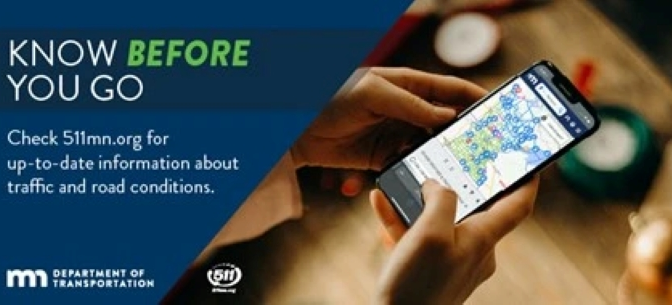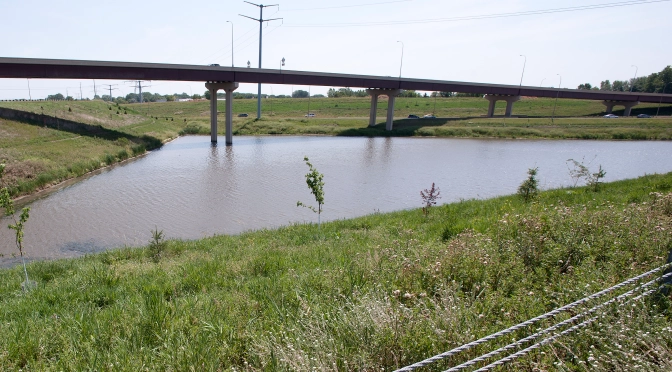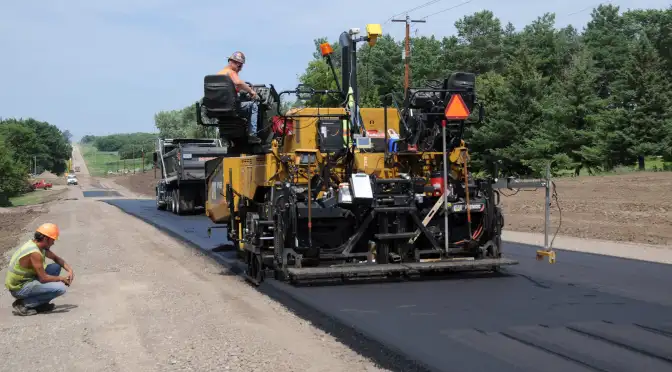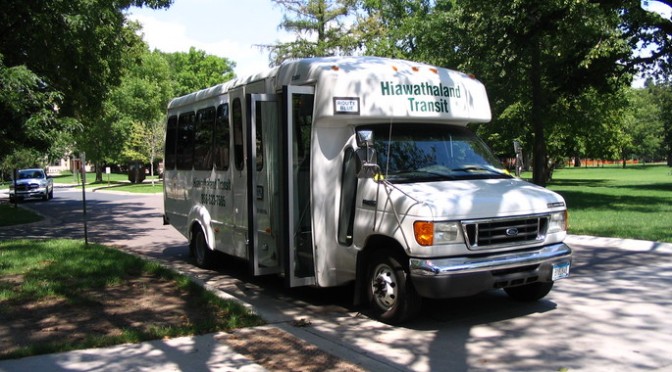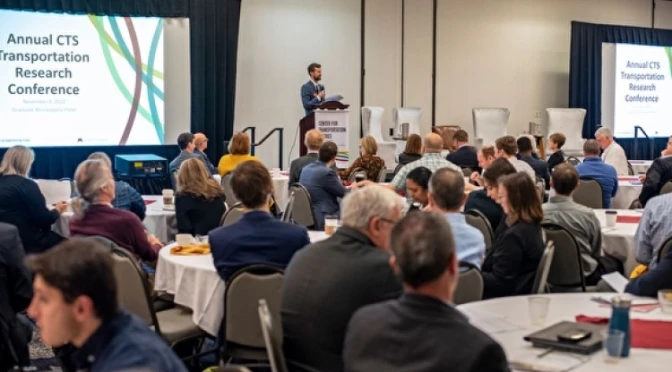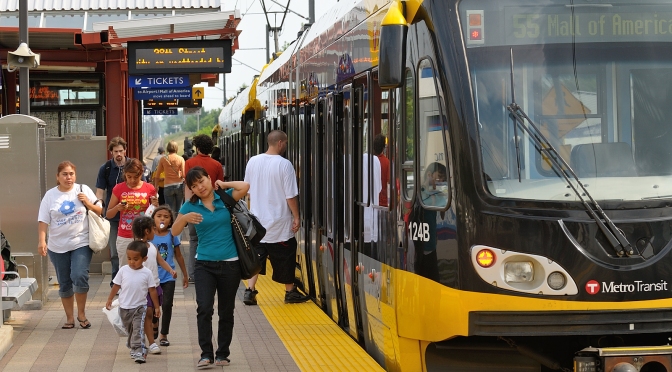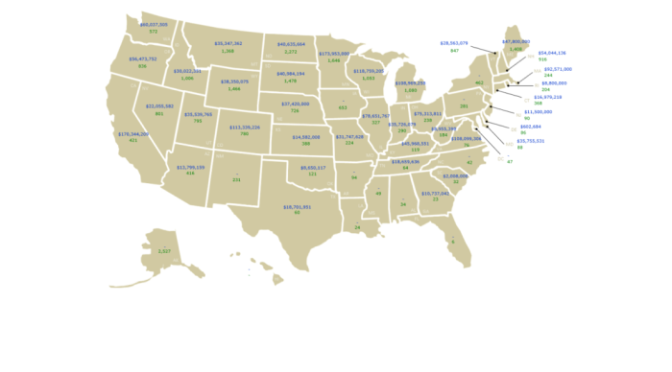Join the Minnesota and Twin Ports (Wisconsin) chapters for an engaging Brown Bag webinar on the significant transition regional airports are undergoing.
Friday, May 17
Noon-1 p.m. CT
Our panelists will explore:
- The historic role of essential air service.
- Impacts of airline equipment trends on regional airports.
- Innovations in rural connectivity.
Tom Werner, Executive Director of Minnesota’s Duluth Airport Authority, will begin the panel discussion focusing on the role of regional airports and the airport challenges resulting from the upscaling of airline equipment. Keith Brune, A.A.E., IAP, Chief Operating Officer at the City of Philadelphia’s Department of Aviation, which includes Philadelphia International Airport (PHL) and Northeast Philadelphia Airport, will discuss the highly innovative and seamless-for-passengers bus-to-plane connection from the Lehigh Valley to Philadelphia via The Landline Company. Joe Schwieterman, Director of Chaddick Institute for Metropolitan Development at DePaul University, will share his reactions and pose some questions to open the discussion.
Daniel L. Rust and Frank Douma lead the host chapters, will welcome guests, and will moderate the webinar.
We appreciate the sponsorship of and partnership with the University of Minnesota’s Center for Transportation Studies.



